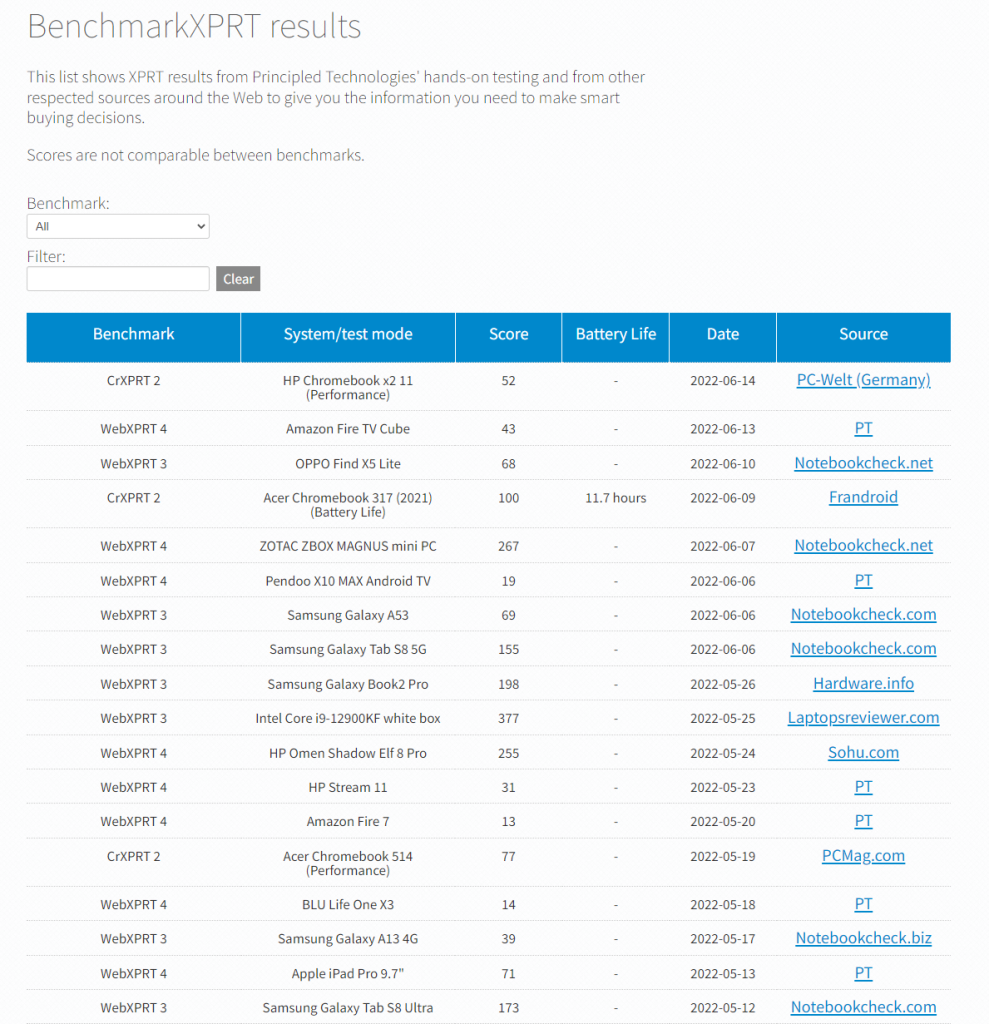In March, we discussed the Chrome OS team’s plan to end support for Chrome apps in June and instead focus their efforts on Chrome extensions and Progressive Web Apps. After receiving feedback on their published timeline, the Chrome OS team decided to extend Chrome app support for Enterprise and Education account customers through January 2025. Because we publish our Chrome app (CrXPRT) through a private BenchmarkXPRT developer account, and because we have not seen any further updates to the support timeline, we don’t assume that the support extension will apply to CrXPRT.
Since June has come and gone, and the support extension probably does not apply to our account, we do not expect to be able to publish any future fixes or updates for CrXPRT. As of now, and up through Chrome 105, the CrXPRT 2 performance and battery life tests are still working without a hitch. We will continue to run the benchmark on a regular basis to monitor functionality, and we will disclose any future issues here in the blog and on CrXPRT.com. We hope the app will continue to run both performance and battery life tests well into the future. However, given the frequency of Chrome updates, it’s difficult for us to predict how long the benchmark will remain viable.
As we mentioned back in March, we hope to begin development of an all-new Chrome OS XPRT benchmark by the end of this year. We’ll discuss that prospect in more detail in future blog posts, but if you have ideas about the types of features or workloads you’d like to see in a new Chrome OS benchmark, please let us know!
Justin













